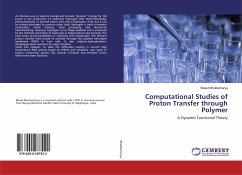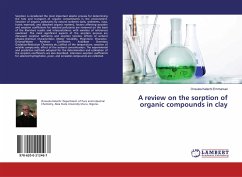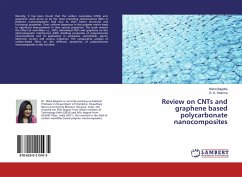Polycarboxylic acids and amines because of their building features are used for construction of building blocks of proton transfer compounds and also their complex networks with variety of metal ions of the periodic table. Various acidic ligands similar to PCAs are capable of forming strong hydrogen bonds and synthons subsequently. Among organic ligands and polycarboxylic acids such dicarboxylic acids which mentioned in the text, pyridine-2,6-dicarboxylic acid and its derivatives are a versatile chelating or bridging ligands. The experimental approaches and relative DFT calculations are also of great importance that show non-covalent interactions such as hydrogen bond and interactions are driving forces for the selection of different structures. DFT also estimates the binding energy of the involved non-covalent interactions and whole stabilization energy of related network. The purpose of this chapter was to determine the correct view and also examine the proton transfer compounds, water cluster and different studies in this research area.
Bitte wählen Sie Ihr Anliegen aus.
Rechnungen
Retourenschein anfordern
Bestellstatus
Storno








